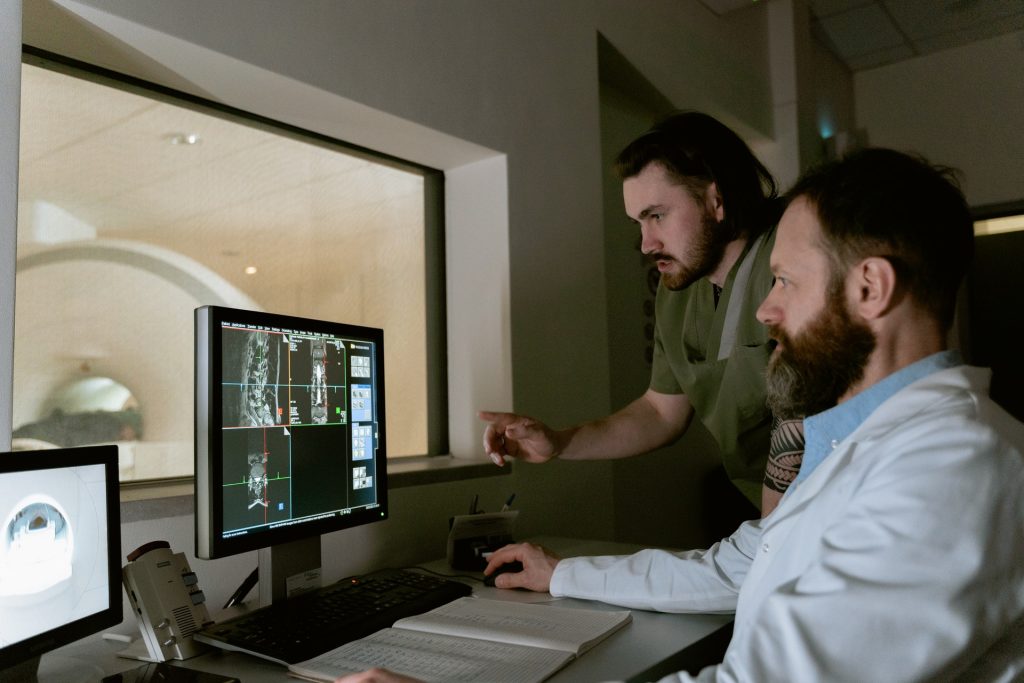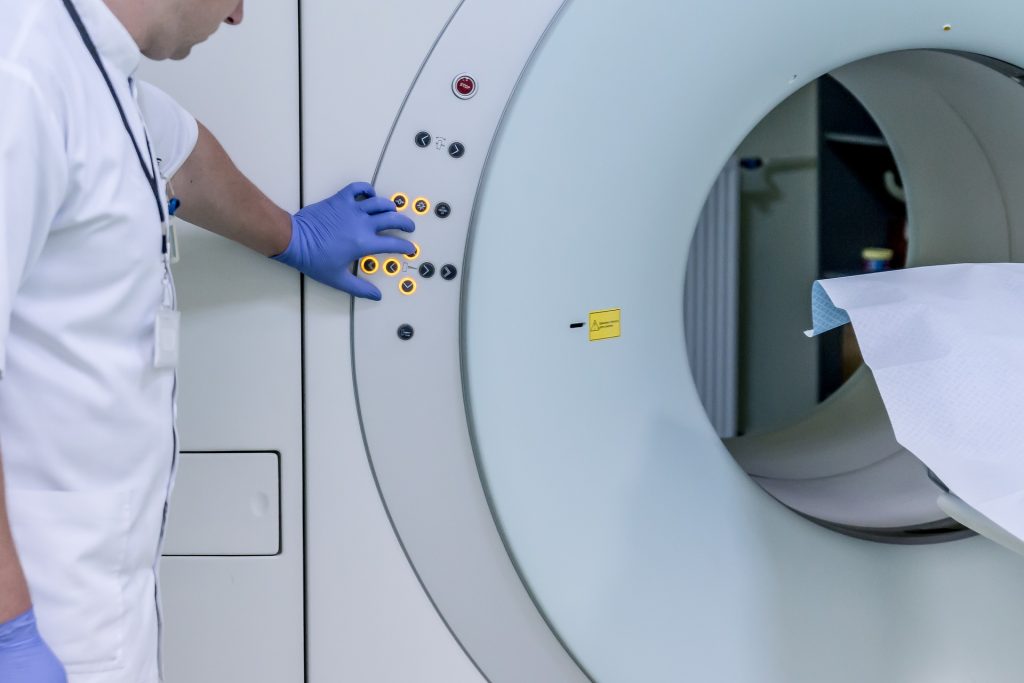Amid Shortage, Suggested Ways to Conserve Contrast Agent

Amid an ongoing worldwide shortage of contrast agent for medical imaging, a new UC San Francisco research letter in JAMA described strategies that can be used to safely reduce contrast agent use in computed tomography (CT) by up to 83%.
The three conservation strategies are weight-based (rather than fixed) dosing, reducing contrast dose while reducing tube voltage on scanners, and replacing contrast-enhanced CT with nonenhanced CT when it will minimally affect diagnostic accuracy.
That third strategy – not using the contrast agent in certain CT scans where there is only a small improvement in accuracy – yielded the most dramatic reduction of contrast agent use: 78%.
“Contrast is essential in any situation where we need to assess the blood vessels – for example, for some trauma patients or those with a suspected acute gastrointestinal bleed – and it is also needed for evaluation of certain cancers, such as in the liver or pancreas,” said senior study author Rebecca Smith-Bindman, MD, professor at UCSF.
“However, most CT scans are done for less specific indications such as abdominal pain in a patient with suspected appendicitis,” Prof Smith-Bindman added. “These can and should be done without contrast during the shortage, because the loss of information in these patients will be acceptable for most patients.”
The global shortage of contrast agent started in April with a COVID-related supply chain disruption of GE Healthcare in Shanghai and is expected to last at least several more weeks. More than 54 million diagnostic imaging exams using contrast agents are done every year in the US, a majority being CT scans, and these conservation methods could continue past the current shortage to reduce the use of contrast agent in general, the authors noted.
Referring clinicians are key to conservation
Researchers modelled the three strategies individually and in combination using a sample of 1.04 million CT exams in the UCSF International CT Dose Registry from January 2015 to March 2021.
On its own, weight-based dosing for abdomen, chest, cardiac, spine and extremity imaging reduced contrast agent use by 10%; reducing the tube voltage in appropriate patients allowed a contrast agent reduction of 25%. These two measures combined with using non-contrast CT when possible led to a total reduction of 83%.
Following all three strategies at once may not be possible for some facilities, but each can help conserve supply, Prof Smith-Bindman said. And it is not just radiologists who need to know about them.
“Given the acute shortage, it’s important that clinicians who order imaging exams coordinate with radiology to cancel scans that aren’t absolutely necessary, postpone exams that can be safely delayed, replace CT with MRI and ultrasound where possible, and order an unenhanced scan where possible. Further, clinicians should communicate with their patients about why this is necessary. It is crucial that contrast be conserved for clinical situations where its use is essential for accurate diagnosis,” said Prof Smith-Bindman.
After the shortage ends, medical facilities should consider continuing some of these practices that conserve contrast agent, she added. For example, reducing the tube voltage not only reduces the contrast agent used but also lowers the radiation dose. Tailoring doses weight allows lower dosing volumes for many patients.
In addition, Prof Smith-Bindman noted that this analysis highlights the large amount of contrast agent that is wasted when single-dose vials are used Hospitals and imaging centres that routinely use single-dose contrast agent vials should consider using larger multi-dose vials, which allows for exact dosing and obviates the need to discard unused portions, she said.
“By carrying some of these practices forward, we can mitigate future supply-chain risk and reduce overall waste,” said Smith-Bindman.



